- Home page
- Tourism
- Discover
- Visiting the Basque Country
- Lower Navarre
- Visiting the Basque Country
- Discover
- Tourism
Lower Navarre
Automatic translation
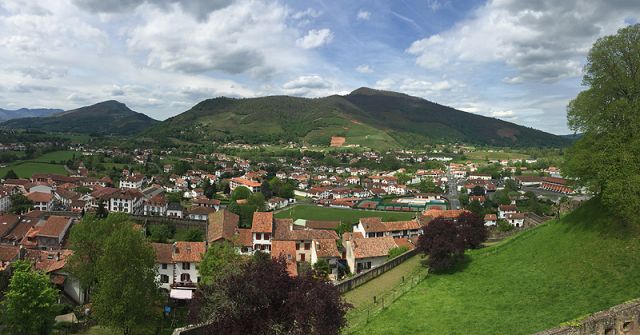
"BEHE NAFARROA"
A great architectural wealth due to a tumultuous history, unspoiled landscapes, calm valleys, pastures and forests... Lower Navarre is the stronghold of shepherds and breeders but also an idyllic place for hiking lovers !
Several distinct and interesting valleys can be distinguished:
- The Upper Nive Valley to the west, the Pays de Cize and its capital : Saint-Jean-Pied-de-Port. This country is made up of deep valleys. It is the land of shepherds and sheep, of the border and smuggling, with architectural influences from both Labourd and Navarrese.
> Visit Saint Jean Pied de Port, Saint Martin d'Arrossa, Irouleguy and its vineyard, Saint Etienne de Baigorry, Ossès…
- The Upper Bidouze Valley to the east, the land of Mixe and its capital : Saint Palais. This is the land of agricultural land, cattle breeding and corn fields, architecture with accents of nearby Béarn.
> Visit Saint Palais and Garris…
- The Joyeuse Valley, in the center, and its capital : Saint Martin d'Arberoue. It is an agricultural area with varied landscapes.
> Visit Saint Martin d'Arberoue, the Isturitz caves...
Our tip: How about a mountain hike in a unique natural environment? Get off the beaten track and discover majestic nature and breathtaking landscapes! Read the article on the blog.
History
Its name has only been known since 1512. Before that date, it depended on the Kingdom of Pamplona. Its history will then be very tumultuous, successively torn between Navarre, France and England, under the influence of rich Navarrese families, then of 2 Lords. The latter will tear each other apart, Gramont and Beaumont under the Kings of France. Lower Navarre has a very complicated past, at least as much as that of its big sister, Spanish Navarre.
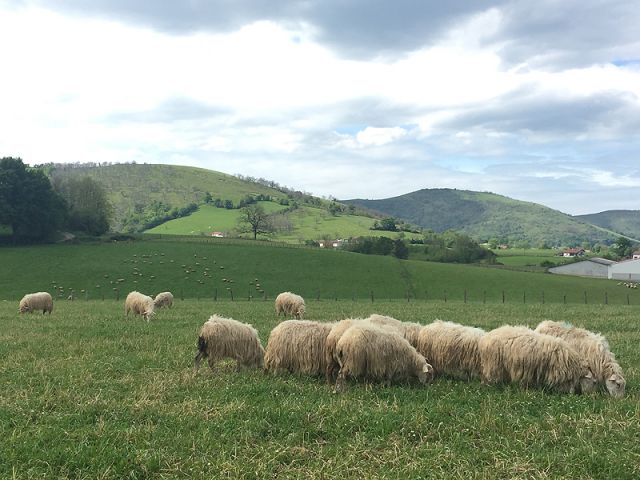
Lower Navarre Today
- a quiet land away from the main communication routes;
- a country where life is good, ideal for lovers of the countryside and bucolic walks...
Discover the local gastronomy and the Irouleguy vineyard...
Irouleguy Wines
Wine-making in the Basque Country dates back to the Romans, in the Middle Ages. The monks of Ronceveaux cultivated the vines to provide water for monks and pilgrims who stopped in the region.
It was only in 1954, after a long period of neglect, that the Irouleguy Vineyard founded its Cooperative winery. It moved upmarket and up in quality. The Appellation d'Origine Contrôlée (AOC) arrived in 1970, rewarding 20 years of research to improve the quality of the wine.
Irouleguy wine is now one of the pillars of Basque gastronomy. It extends over 27 villages and 185 hectares. Irouleguy rosés are drunk chilled with omelettes, piperades and fish, while reds with game and meats in sauce. Dry whites, meanwhile, are appreciated with local charcuterie and seafood.
The Pottok
A small farm horse that once replaced the tractor, a tool of smugglers, it now lives in semi-freedom in the Basque Country. It is pronounced "pottiok" which means in Basque: small horse.
The national pottok association, created in 1970 by a former mayor of Sare, has helped to preserve the breed to this day and make it one of the emblems of the Basque Country.
Pure or purebred, the pottok is above all an animal specially adapted to the mountains and the harshness of its climate.
Not to be missed:
- Mountain stallion competition in February in Hélette;
- Sport stallion competition in February in Biarritz;
- Pottok fair in Espelette at the end of January.
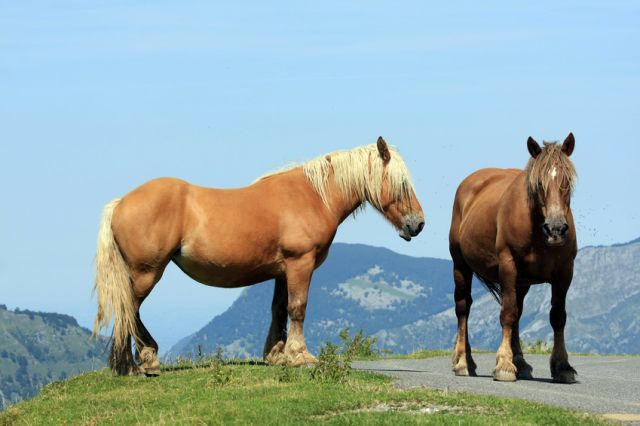
The Basque Force
Coming from rural tradition, and organized in many villages, especially in summer, this game owes a lot to the priest of Saint Palais who organized the first Basque force festival in 1951.
The rules are very simple: 2 teams pull a rope each in an opposite direction. The winner is the one that takes the opposing team beyond a certain limit.
It's a surprising spectacle to discover! The spectators usually sing in Basque to accompany the teams' efforts. Many competitions and exhibitions take place every summer, but the ideal is to go on August 15th to Saint Palais where the most popular championship is held.
Basque Pelota
We cannot talk about the Basque Country without talking about Basque pelota. Each village has its own fronton, often on the central square.
HIS STORY
The ancestor of Basque pelota is the game of palm. The first trinquet, a covered court, is in Bayonne and dates from the 17th century. The ball was then made of tight wool, it bounced little.
In the 19th century, it evolved and now consisted of a rubber core. We then built pediments because it bounced more and therefore needed more space. Then came the invention of the Chistera. Compared to the simple leather glove, it allowed the ball to be propelled faster and further. The Chistera looks like a curved gutter, it gives speed to the ball.
Basque pelota today
Today we play:
- Bare-handed pelota, in a trinquet or on a left wall. The left wall comes from the Spanish Basque Country, so a very long left wall is added to the pediment.
- At the Grand Chistera : two teams of two.
- At Cesta Punta : two teams of two and wall on the left. Xare is also played in trinquet with net rackets, and Pala with wooden rackets.
The players' outfit is white or a colored shirt to distinguish the teams, or a colored belt.
You can see Basque pelota being played in any village.
Not to be missed: the main tournaments take place, for example, in Bayonne at the beginning of August with the Master des Fêtes de Bayonne (bare hand) or in Biarritz (Golden Glove) and Saint Jean de Luz for the Cesta Punta.
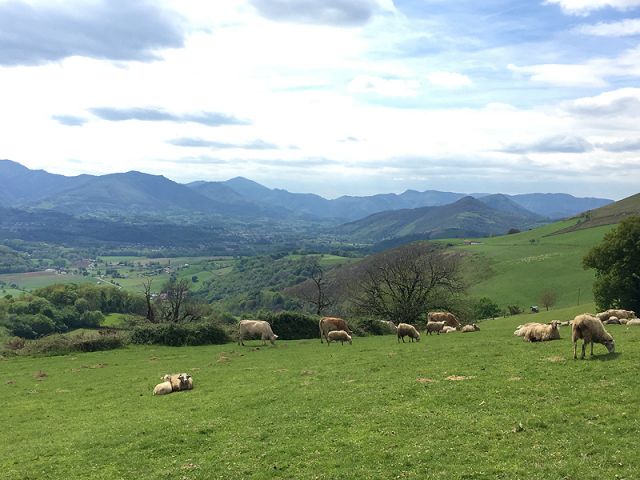
Photo Credits ©Fotolia
Venta Biok
Venta Biok
BIOK Experiential Shopping - Quality at the best price Welcome to BIOK Shopping Centers! Located in the charming ...
Urdax
Venta Peio
Venta Peio
Located in a privileged natural setting, Ibardin has established itself as one of the most complete shopping areas ...
Bera
Bizipoz bar
Bizipoz bar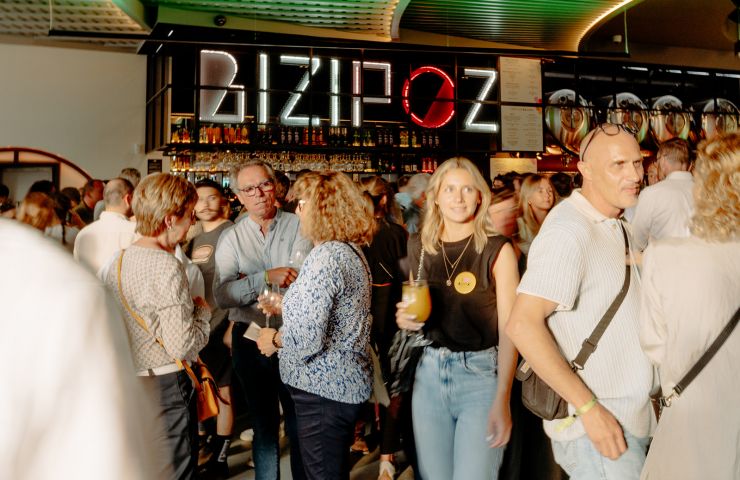
Discover the Bizipoz Bar, your new unique place to live on the Basque Coast! The BIZIPOZ BAR is an intergenerational ...
Saint-Jean-de-Luz
OUR CITY GUIDES IN EUROPE






